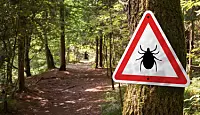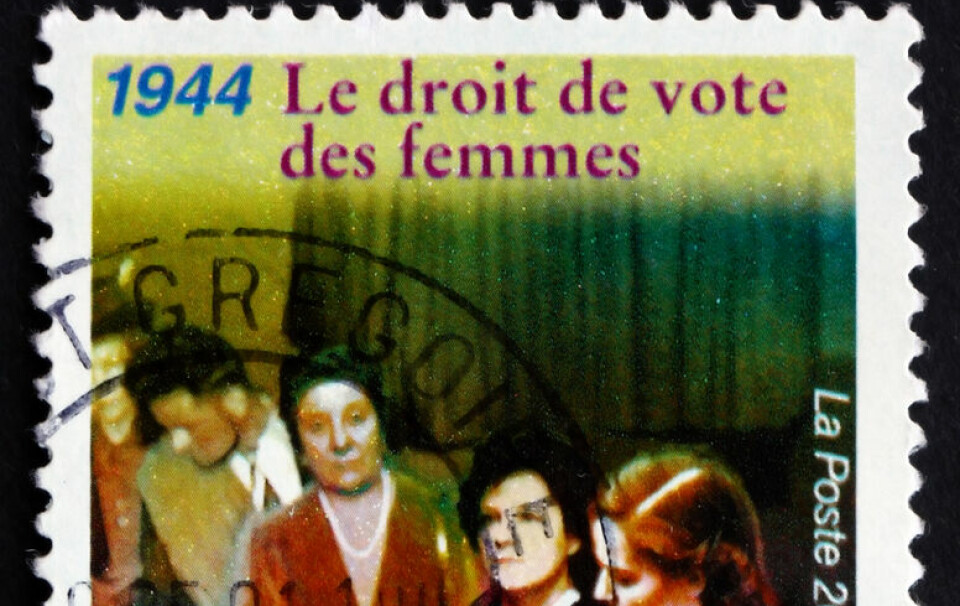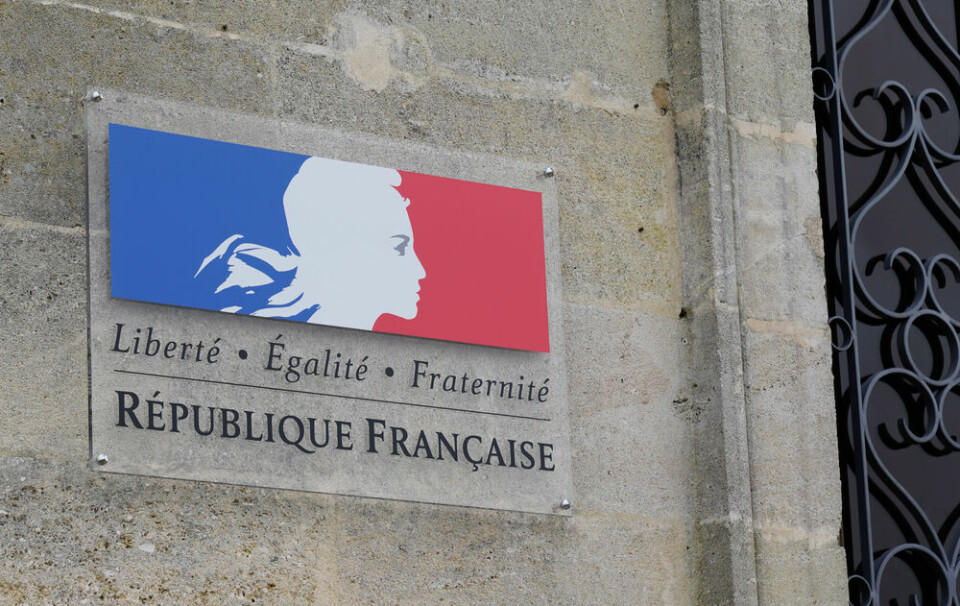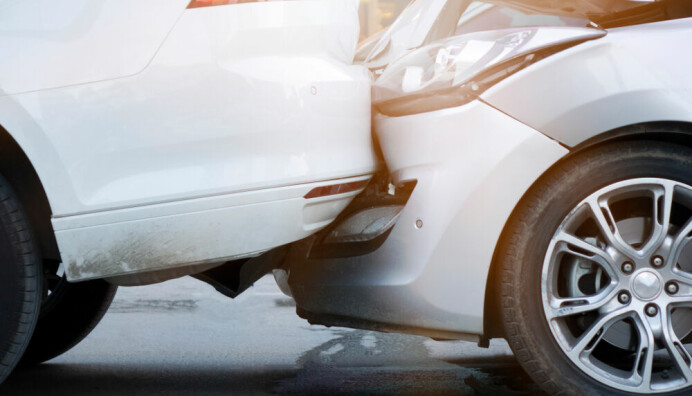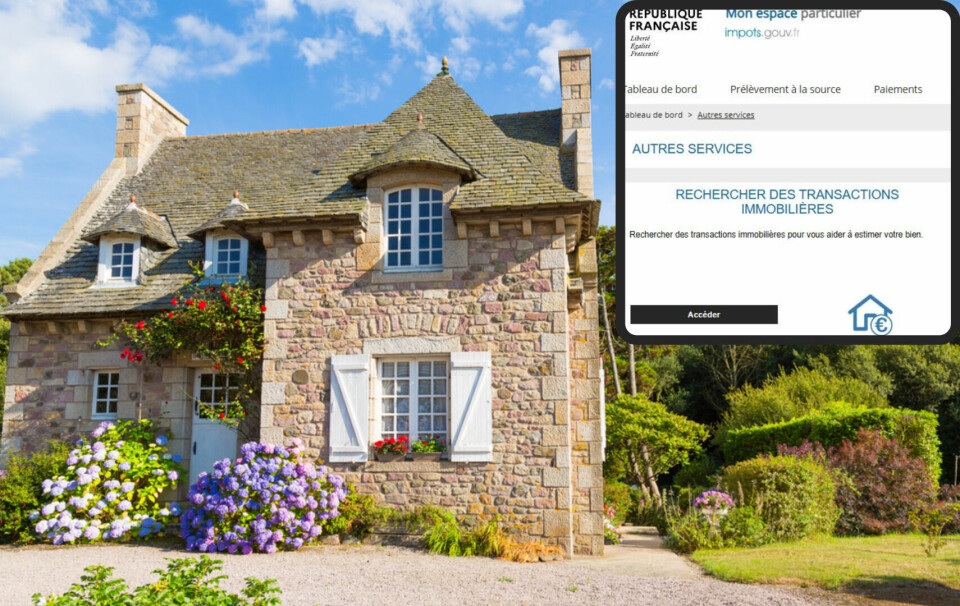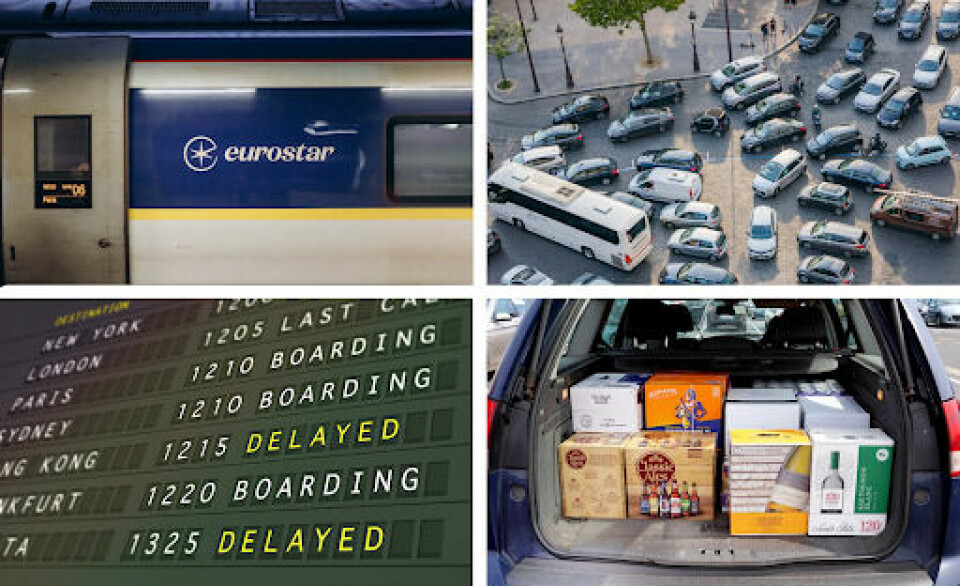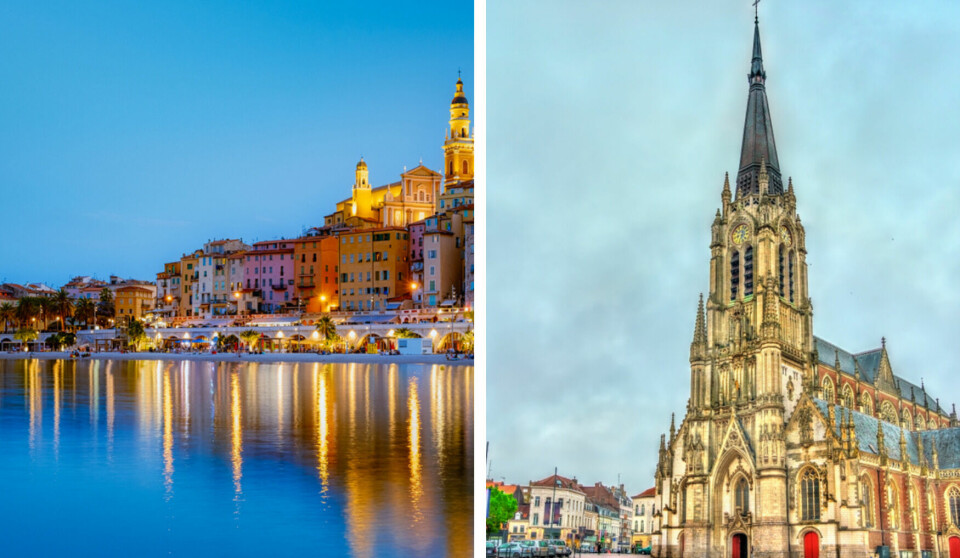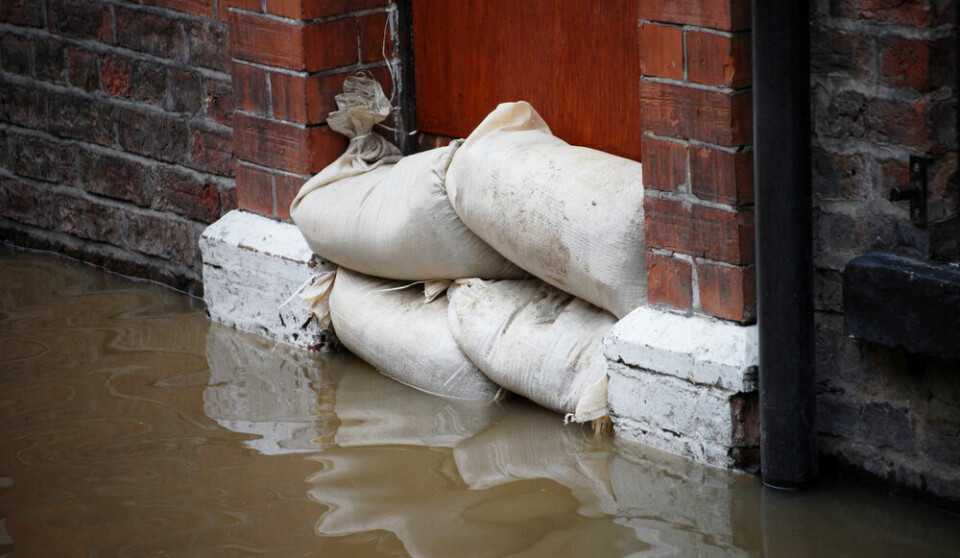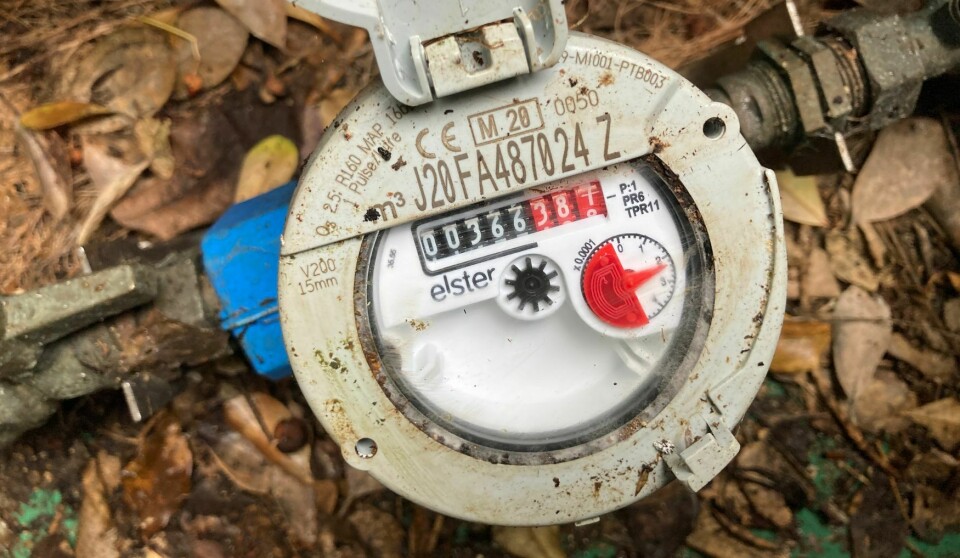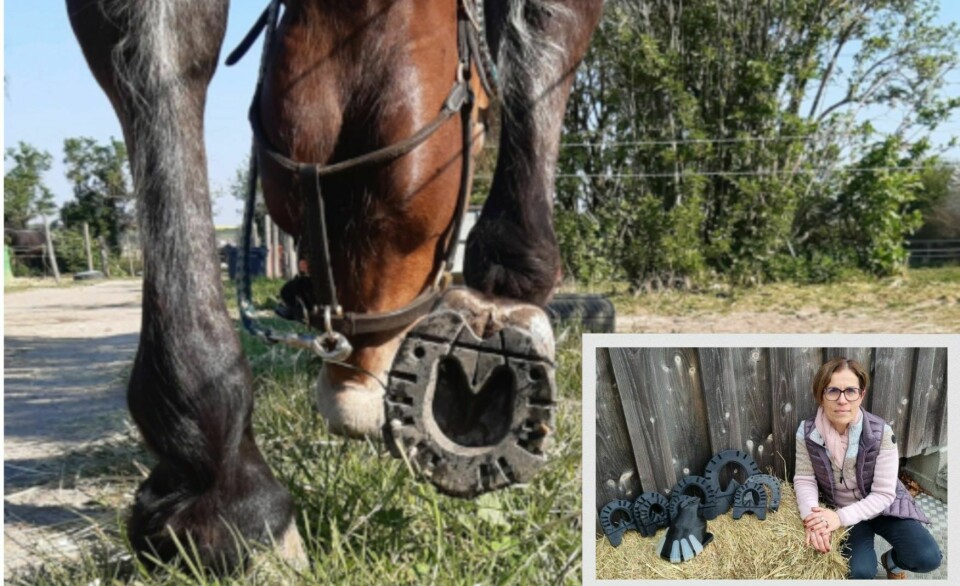-
Vosges birds to ‘recuperate in Norway’ as part of French trial
The plan is aiming to help the emblematic birds, proponents say - but critics say it is a ‘textbook example of what not to do’
-
New look at vaccine to combat Lyme disease in France
Continuing research has published promising results in ‘antibody vaccine’ method
-
Women given right to vote in France 80 years ago
It came a full 96 years after suffrage was extended to all men in France - and 51 years after New Zealand offered the vote to its women
Plans finalised to ban cars from narrow streets of Montmartre in Paris
The area which features Sacré-Coeur cathedral attracts 12 million tourists a year. Over 100 trees will be planted in a bid to create a more ‘village feel’
Plans to return much of Montmartre to its original village atmosphere by banning cars and replanting it with avenues of trees have been finalised after the town hall of the iconic 18th arrondissement gave its approval.
Soon it will be au revoir to traffic jams near the Sacré-Coeur cathedral and much of the famous butte, or mound, atop Montmartre as part of the ‘Embellish your neighbourhood’ project, first launched in 2021.
Montmartre is famous for many reasons, not least its artists’ square, the place du Tertre, and for the fact that the young and impoverished Picasso painted here at the turn of the last century during his période bleue.
By mid 2024 many of the narrow, sloping streets of an area that attracts 12 million visitors a year will be quiet zones in which you will soon be able to walk in the shade of over 100 replanted trees.
‘Re-villaging’ Montmartre
The ‘re-villaging’ project formed a major plank in the re-election programme of mayor Éric Lejoindre during the municipal elections for the 18th, and will do much to assist the quartier’s candidacy for Unesco world heritage status, which was announced in September.
A first version of the project, presented at the end of 2022, went down well with all parties according to Mr Lejoindre. “We will handle this with kid gloves.
“Beautifying Montmartre is sensitive and ambitious. We will start from the top of the hill!" he told the Journal de Dimanche. The vision was kick started by shopkeepers who submitted their ideas nearly three years ago.
The streets eligible for pedestrianisation were selected according to their narrowness and the feasibility of planting trees and other vegetation. The "degree of impact on noise pollution and car pollution" was also a key factor.
Where and when?
The studies will begin in the first quarter of this year, and the works will commence before the end of the year for delivery by mid-2024. This project mainly consists of modifying the traffic plan and creating three categories of pedestrian zones:
- several sections will be prohibited to cars by barriers (lower Lepic, Orsel, Steinkerque, Muller, etc.);
- an "open pedestrian area" at the top of the Butte;
- and a "meeting zone", in residential Montmartre (Avenue Junot, Haut Lepic, etc).
"Total pedestrianisation has been debated but there are many inhabitants and parking lots under certain buildings", said the mayor. "In a place like Montmartre where the streets are tight and small, pedestrianisation is a real demand of the inhabitants and shopkeepers".
It is envisaged that this will make the area even more attractive. And for the 12 million tourists who come up each year, the narrow streets will offer more character.
But turning the butte into a pedestrian zone has not pleased all. Some residents have expressed fears that it will create a haven for pickpockets, an activity that currently thrives around the Sacré-Coeur.
The project also provides for the greening of around ten streets (Lamarck, Mont-Cenis, Becquerel, la Bonne, Coustou, Muller, Charles-Nodier, Ronsard and Orsel, and place J.-B.-Clément). Several pavements will also be widened.
Montmartre is already part of the ‘Paris Respire’, a bold programme designed to rid the capital of its congestion problem by the city’s mayor, Anne Hidalgo. Some of its streets are already closed to traffic every Sunday and public holiday from 11:00 to 19:00 all year round.
Echanges avec @BFMParis sur la piétonisation de la Butte Montmartre, un projet dans lequel nous souhaitons nous engager. C'est aussi avec des démarches comme Embellir Votre Quartier #Montmartre ou #GouttedOr que nous nous engageons pour l'amélioration du cadre de vie de chacun ! pic.twitter.com/RwZqZzkYGc
— Eric Lejoindre (@EricLejoindre) May 16, 2022
Paris has been making headlines for years with its aggressive steps towards anti-car, pro-pedestrian urban improvements. Faced with increasing issues around air pollution and an attempt to reclaim streets for alternate modes of transit, as outlined in their proposed plan for a 15-minute city, the French capital is seen as a leader in future-forward urbanist strategies.
Recently, their department of transportation set a deadline for their lofty goals of eliminating traffic from its roads.
In just 18 months from now, in time for the French capital to host the Olympics, Paris plans to ban non-essential traffic from its city centre, effectively eliminating around 50% of vehicular mobility.
Related articles
French door-to-door car hire firm looks to all-electric future
I’m Parisian: Here’s my view on the clichéd vision of Emily in Paris
The Paris suburb housing estate that is like no other in France

